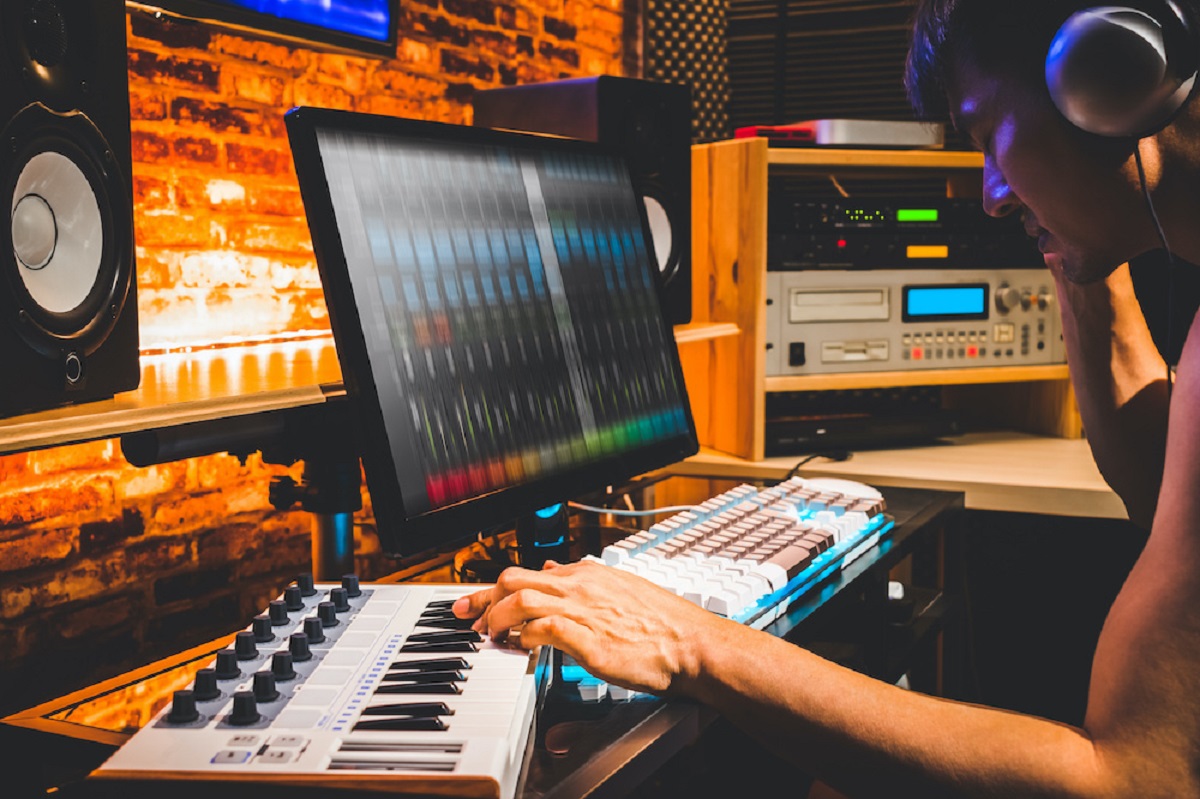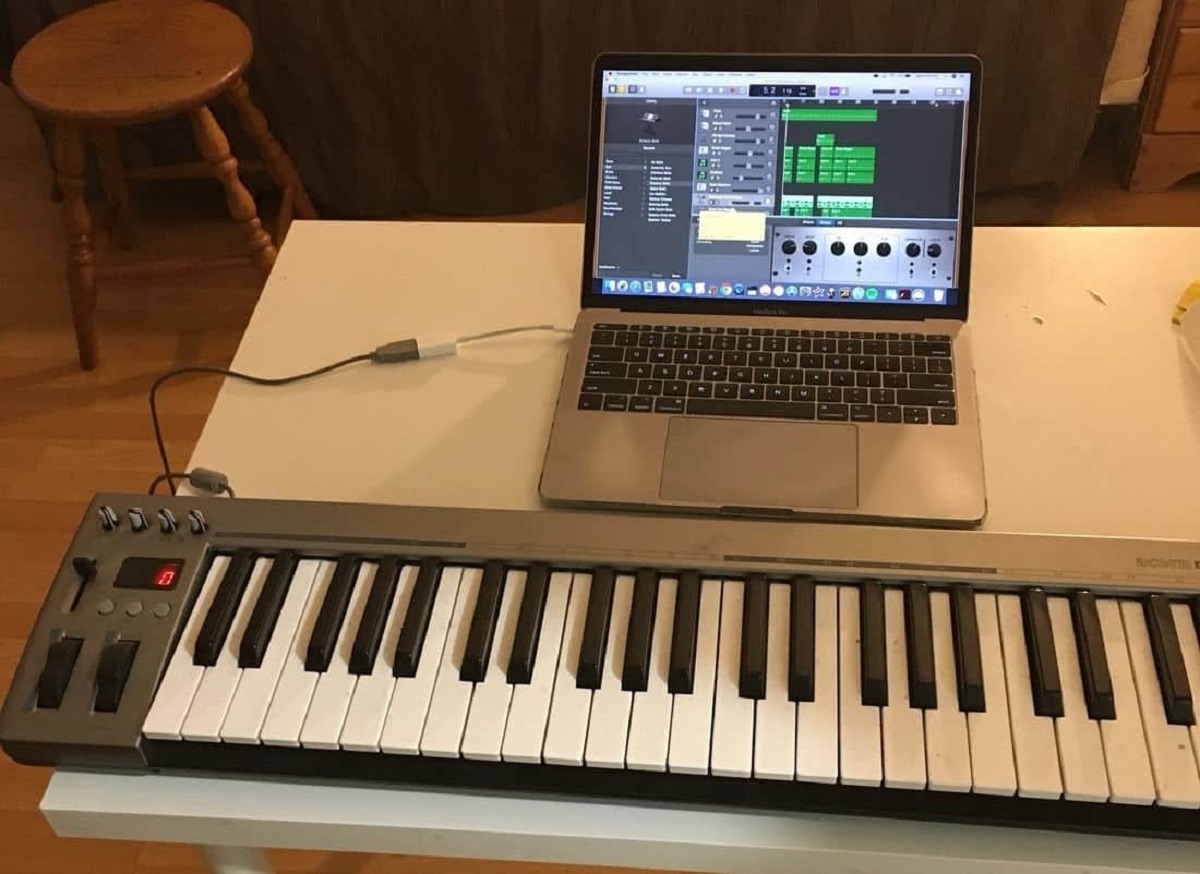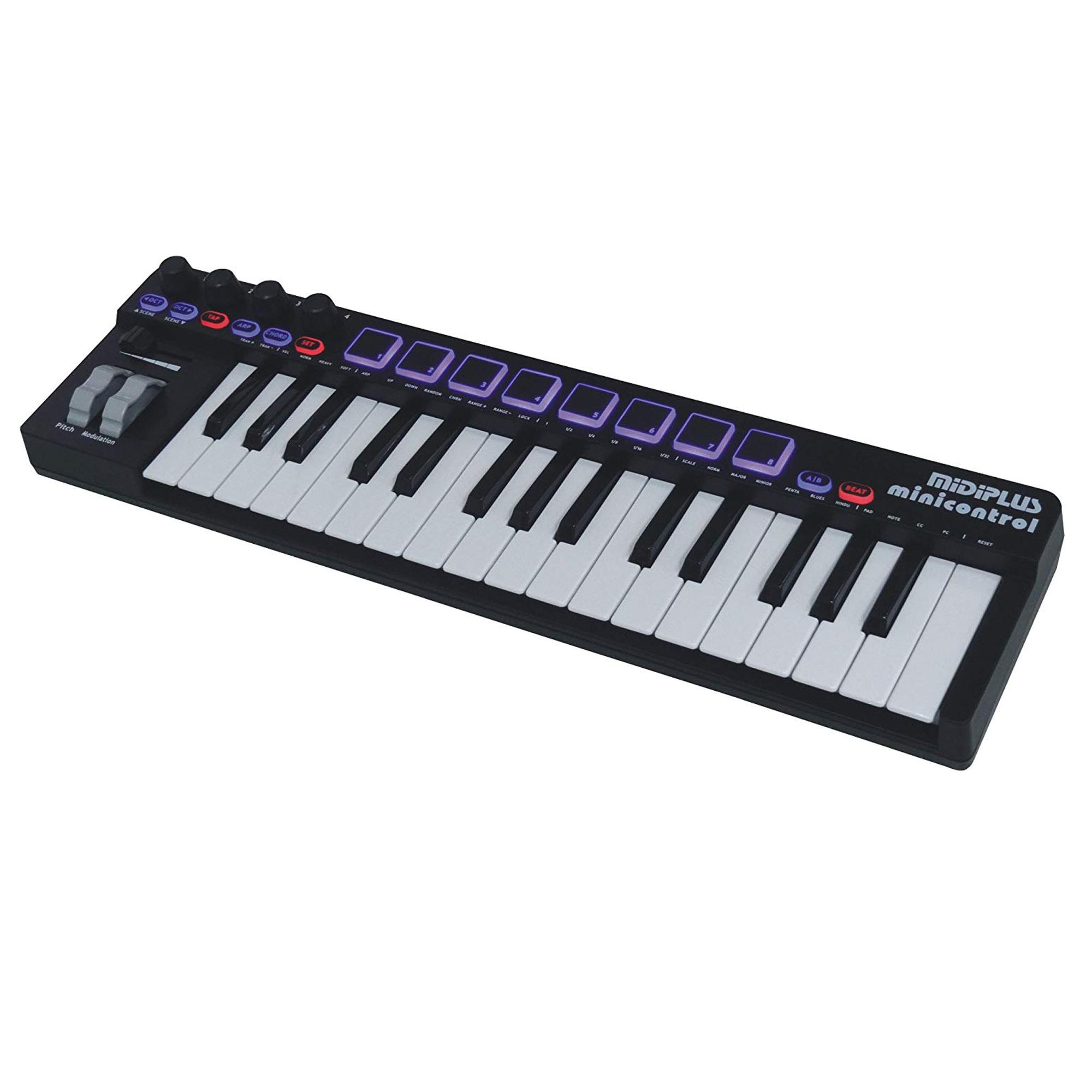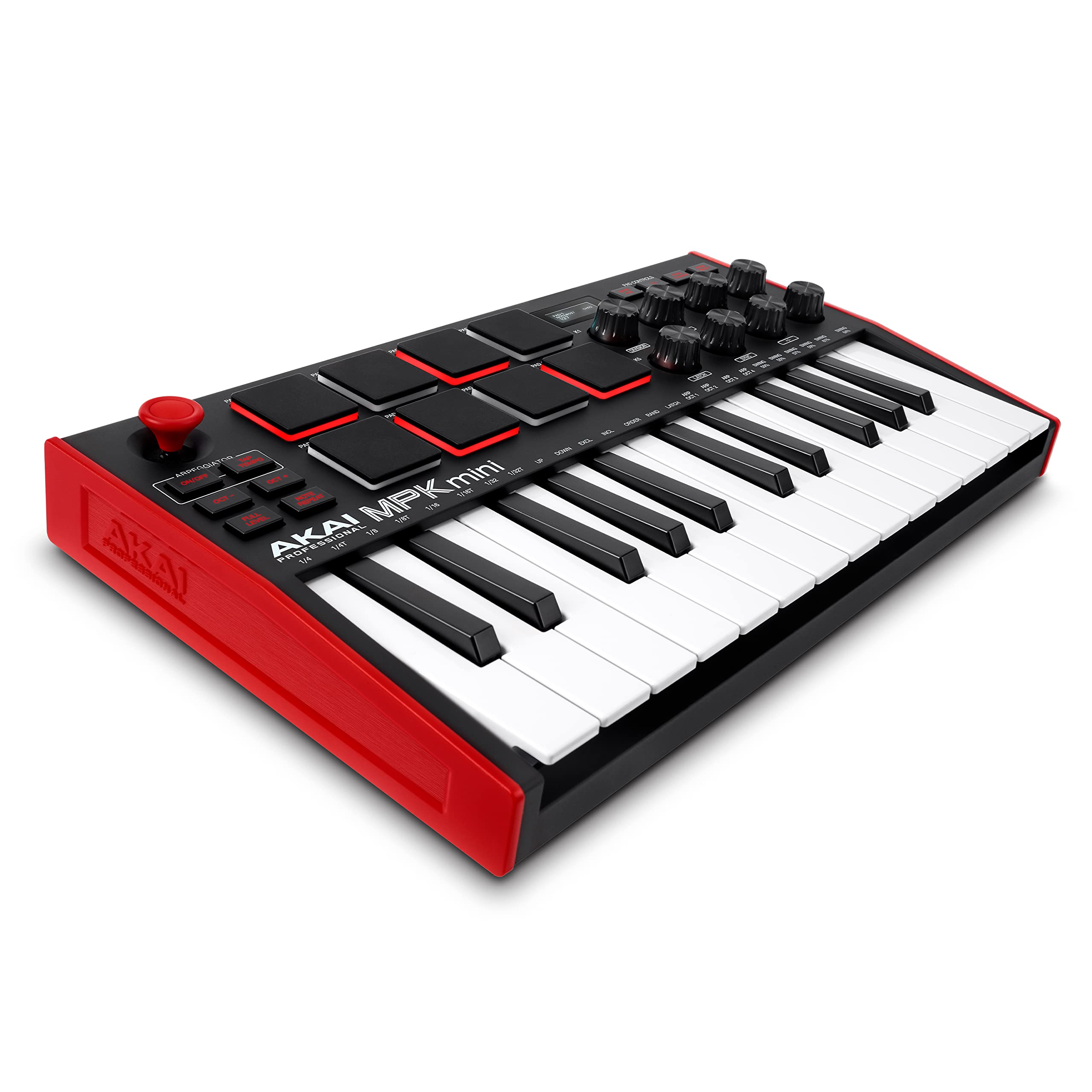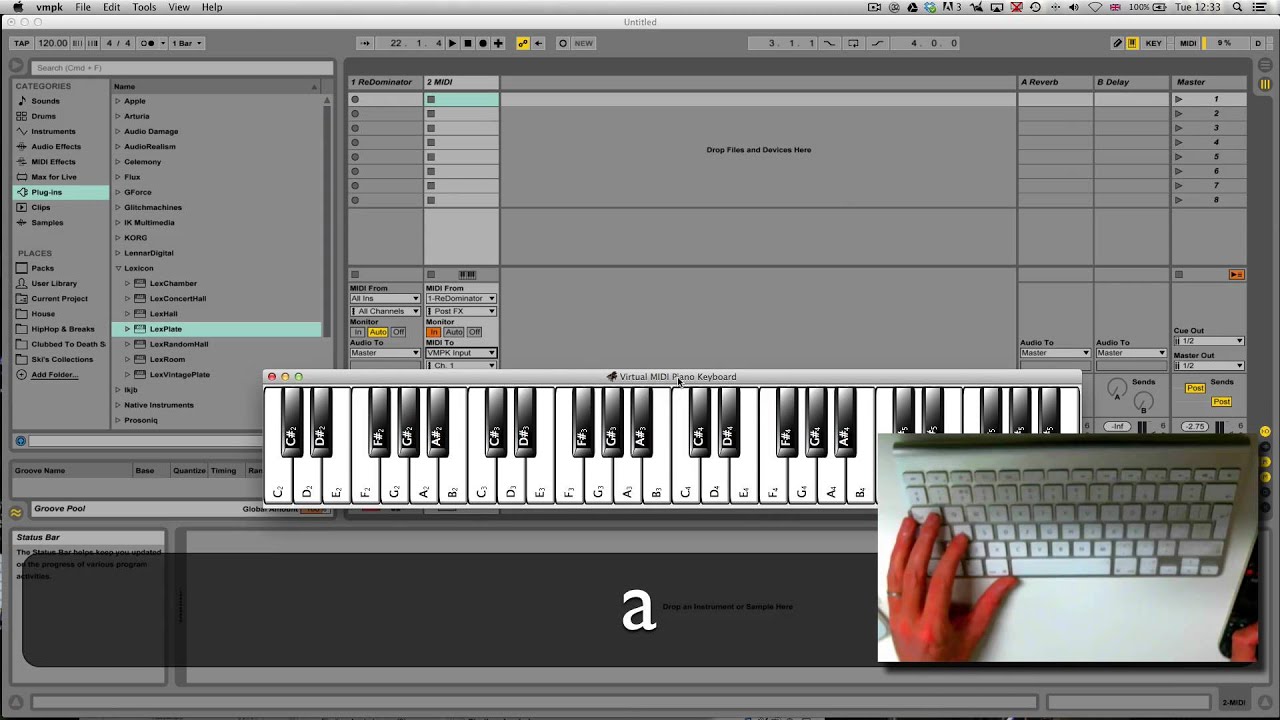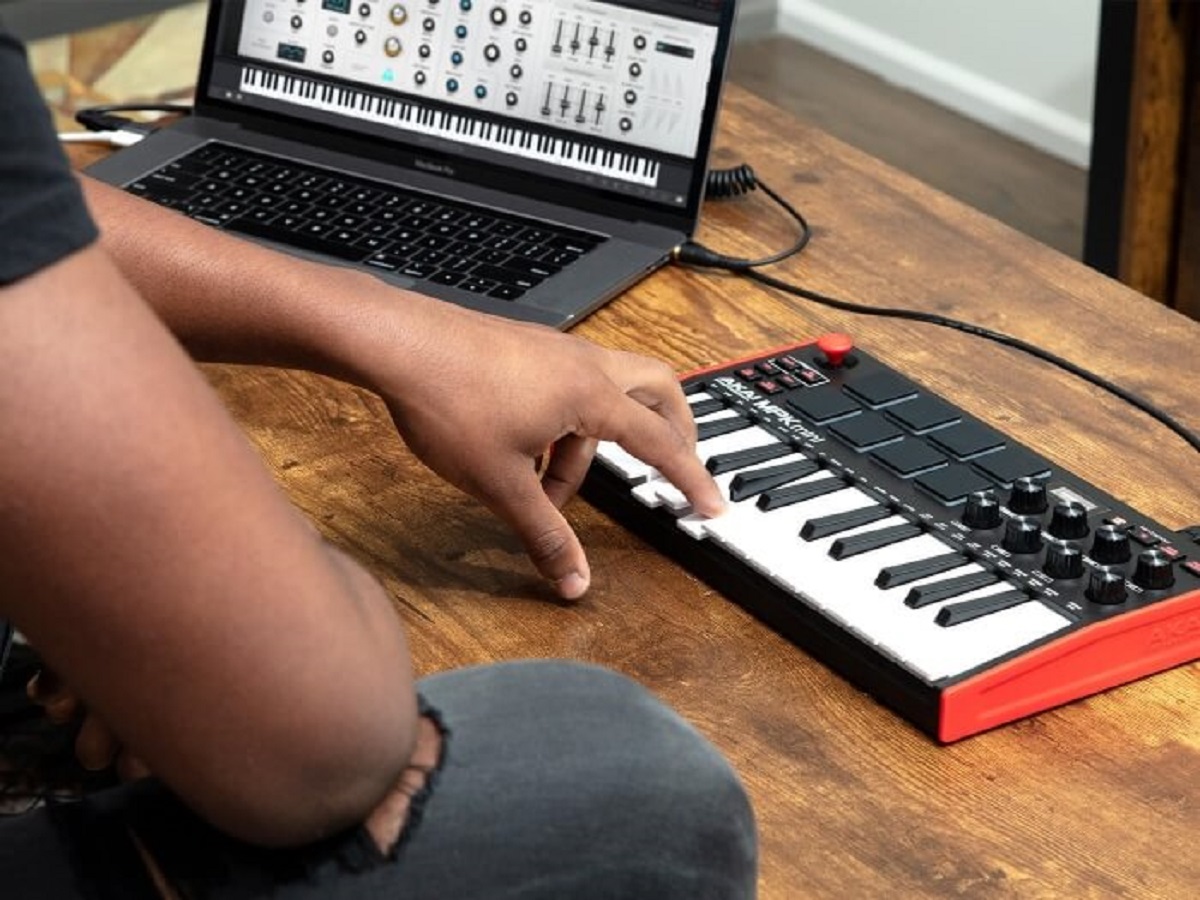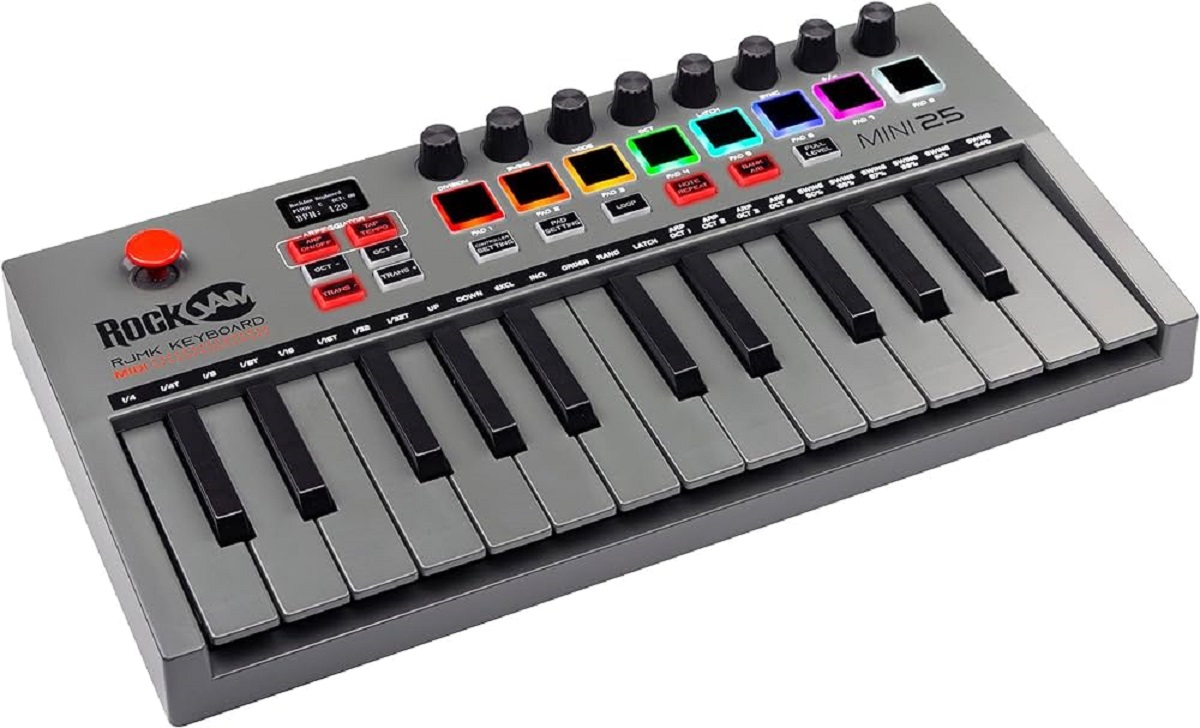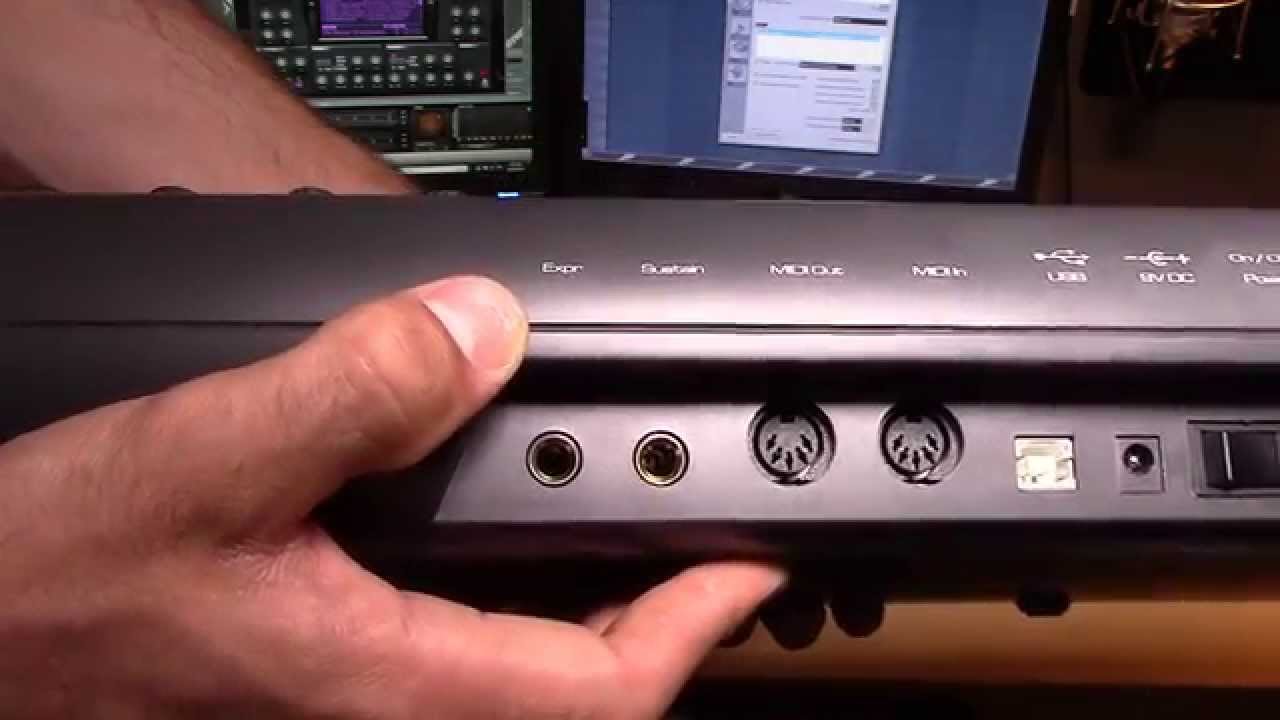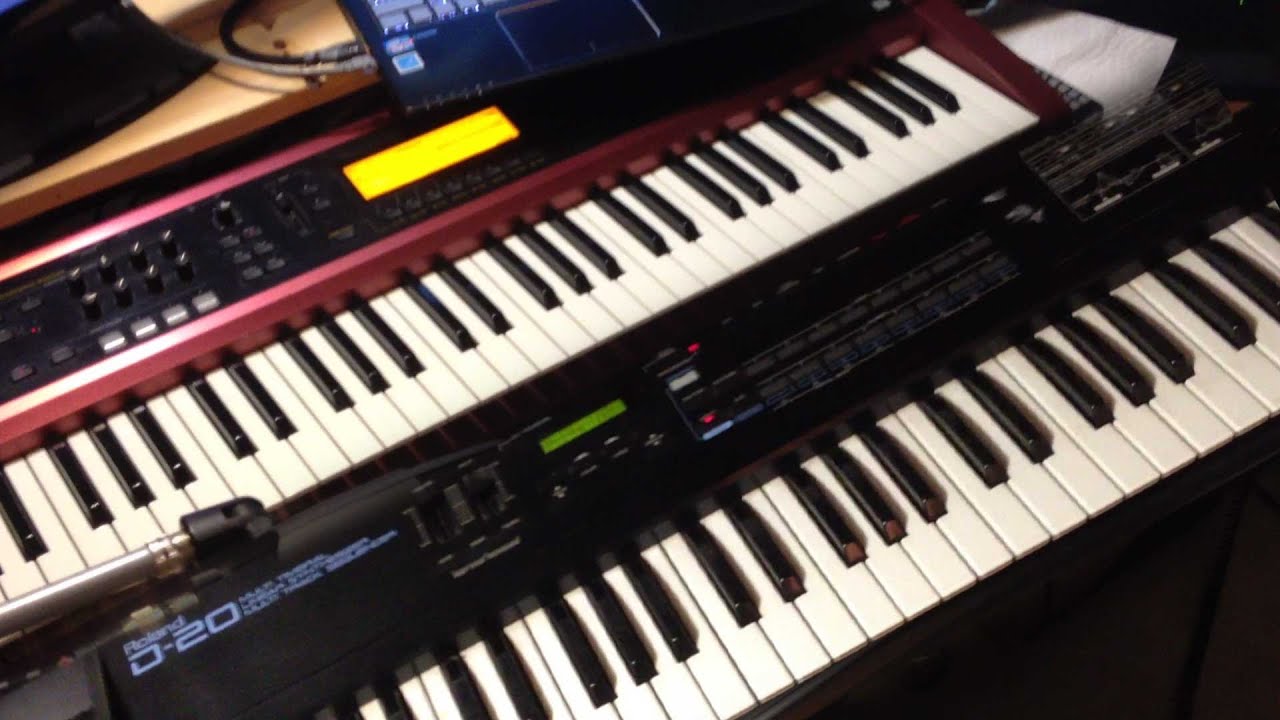Introduction
Introduction
Playing a MIDI keyboard through a PC opens up a world of musical possibilities. Whether you're a seasoned musician or a budding enthusiast, integrating your MIDI keyboard with your computer can unlock a wealth of creative opportunities. By leveraging the power of technology, you can access a diverse range of virtual instruments, recording capabilities, and music production tools, all from the comfort of your own home. This seamless integration allows you to harness the full potential of your MIDI keyboard, transforming it into a versatile musical workstation.
By connecting your MIDI keyboard to your PC, you can harness the power of digital audio workstations (DAWs) and software synthesizers, enabling you to create, record, and manipulate music with unparalleled flexibility. Additionally, the ability to play your MIDI keyboard through your PC provides a convenient way to practice, compose, and perform without the need for extensive hardware setups.
In this guide, we will explore the essential steps to play a MIDI keyboard through a PC. From acquiring the necessary equipment to configuring the software, this comprehensive walkthrough will equip you with the knowledge and skills to seamlessly integrate your MIDI keyboard with your computer. Whether you're a music production enthusiast, a live performer, or simply someone looking to explore the creative possibilities of MIDI technology, this guide will serve as your roadmap to unlocking the full potential of your MIDI keyboard in conjunction with your PC. Let's dive into the world of MIDI music and discover the endless possibilities that await at your fingertips.
Getting the Right Equipment
Before embarking on your journey to play a MIDI keyboard through a PC, it’s crucial to ensure that you have the right equipment at your disposal. The following components are essential for establishing a seamless connection between your MIDI keyboard and your computer:
- MIDI Keyboard: The core component of your setup, the MIDI keyboard serves as the primary input device for triggering sounds and controlling virtual instruments within your DAW. When selecting a MIDI keyboard, consider factors such as the number of keys, key action (weighted or semi-weighted), additional controls (pads, knobs, and faders), and compatibility with your computer’s operating system.
- Computer: A reliable computer with sufficient processing power and RAM is essential for running music production software and managing MIDI data. Whether you prefer a desktop, laptop, or dedicated music production workstation, ensure that your computer meets the system requirements of your chosen DAW and MIDI interface.
- MIDI Interface or USB MIDI Controller: Depending on your MIDI keyboard’s connectivity options, you may need a MIDI interface to facilitate communication between the keyboard and your computer. Alternatively, many modern MIDI keyboards feature USB MIDI connectivity, allowing for direct connection to your computer without the need for a separate interface.
- Audio Interface (Optional): If you plan to incorporate audio recording and microphone inputs into your setup, an audio interface can provide high-quality analog-to-digital conversion and versatile input/output options. While not directly related to MIDI keyboard connectivity, an audio interface complements the overall music production capabilities of your PC setup.
Equipping yourself with these fundamental components forms the groundwork for a robust MIDI keyboard and PC integration. With the right equipment in place, you can proceed to the next steps of connecting your MIDI keyboard to your PC and configuring the necessary software for a seamless musical experience.
Connecting the MIDI Keyboard to the PC
Once you have assembled the necessary equipment, the next step is to establish a physical connection between your MIDI keyboard and your PC. The method of connection may vary depending on the type of MIDI keyboard and computer interface you have. Here are the primary methods for connecting your MIDI keyboard to your PC:
- USB Connection: Many modern MIDI keyboards feature USB connectivity, allowing for a direct and straightforward connection to your computer. Simply connect the USB cable from your MIDI keyboard to an available USB port on your computer. Once connected, your computer should recognize the MIDI keyboard as a MIDI input device, enabling communication between the keyboard and your music software.
- MIDI Interface Connection: If your MIDI keyboard utilizes traditional MIDI connectors (MIDI IN/OUT), you will need a MIDI interface to facilitate communication with your computer. Connect the MIDI OUT of your keyboard to the MIDI IN of the interface, and the MIDI IN of your keyboard to the MIDI OUT of the interface. Then, connect the MIDI interface to an available USB port on your computer. This setup allows for MIDI data to be transmitted between your keyboard and computer via the MIDI interface.
- Bluetooth Connection (Optional): Some MIDI keyboards offer Bluetooth connectivity, allowing for wireless communication with your computer. If your MIDI keyboard supports Bluetooth, follow the manufacturer’s instructions to pair it with your computer. Once paired, you can use the MIDI keyboard wirelessly, providing added flexibility in your setup.
After establishing the physical connection, it’s essential to ensure that your computer recognizes the MIDI keyboard as a MIDI input device. Depending on your operating system, you may need to install specific drivers or configure the MIDI settings to enable seamless communication between the keyboard and your music software. Once the MIDI keyboard is successfully connected to your PC, you’re ready to explore the diverse capabilities of playing and controlling virtual instruments, recording MIDI data, and unleashing your creativity through the power of MIDI technology.
Choosing the Right Software
When playing a MIDI keyboard through a PC, selecting the right software is a pivotal decision that significantly impacts your music production experience. The software, often referred to as a digital audio workstation (DAW), serves as the central hub for recording, editing, arranging, and producing music using your MIDI keyboard. Consider the following factors when choosing the right software for your MIDI keyboard setup:
- Compatibility: Ensure that the software you choose is compatible with your operating system (Windows, macOS, Linux) and MIDI keyboard. Most leading DAWs offer cross-platform compatibility, but it’s essential to verify compatibility to avoid any technical issues.
- Feature Set: Assess the features offered by the software, including MIDI recording and editing capabilities, virtual instrument integration, audio effects, mixing tools, and overall user interface. Look for a DAW that aligns with your specific music production needs and workflow preferences.
- Virtual Instruments and Plugins: Consider the availability of high-quality virtual instruments, synthesizers, and audio plugins within the software’s ecosystem. A diverse library of virtual instruments expands your creative palette and enhances the sonic possibilities accessible through your MIDI keyboard.
- Workflow and User Interface: Evaluate the workflow efficiency and user interface intuitiveness of the software. A well-designed DAW streamlines the music production process, allowing you to focus on creativity without being hindered by complex or cumbersome interfaces.
- Community and Support: Research the user community and available support resources for the software. Active user communities, online tutorials, and comprehensive documentation can significantly aid in mastering the software and troubleshooting any technical challenges.
Popular DAWs such as Ableton Live, FL Studio, Logic Pro, Pro Tools, and Cubase are renowned for their robust MIDI capabilities and comprehensive music production features. Additionally, there are numerous free and open-source DAWs available, providing accessible entry points for beginners and budget-conscious musicians.
By carefully considering these factors and exploring the diverse range of software options, you can select a DAW that seamlessly integrates with your MIDI keyboard, empowering you to unleash your musical creativity and embark on a rewarding journey of music production and performance.
Configuring the Software
Once you have chosen the appropriate software for your MIDI keyboard setup, the next step is to configure the software to effectively communicate with your MIDI keyboard and optimize the music production environment. Proper configuration ensures that your MIDI keyboard functions seamlessly within the software, allowing you to harness its full potential for musical expression and creativity. Here are the essential steps for configuring the software:
- MIDI Device Setup: Access the MIDI settings within your chosen DAW to configure the MIDI input and output settings. Ensure that your MIDI keyboard is recognized and selected as the input device within the software. This step establishes the communication link between your MIDI keyboard and the DAW, enabling MIDI data to be transmitted and received accurately.
- Instrument Mapping: If your MIDI keyboard features additional controls such as pads, knobs, or faders, map these controls to specific functions within the software. This customization allows you to manipulate virtual instruments, trigger samples, and control various parameters directly from your MIDI keyboard, enhancing the tactile and expressive aspects of music production.
- Latency Optimization: Adjust the audio buffer settings to optimize latency, ensuring minimal delay between pressing a key on your MIDI keyboard and hearing the corresponding sound from the software. Lowering the latency provides a more responsive playing experience, especially during live performance and recording sessions.
- Virtual Instrument Integration: Explore the process of loading and integrating virtual instruments and synthesizers within the software. Familiarize yourself with the method of selecting, layering, and manipulating virtual instrument sounds using your MIDI keyboard, allowing for seamless sound exploration and creative expression.
- Recording and Playback Setup: Configure the recording and playback settings to align with your preferred workflow. Adjust the metronome, recording tracks, and monitoring options to facilitate smooth recording sessions and playback of MIDI performances.
By meticulously configuring the software to accommodate your MIDI keyboard and musical preferences, you can optimize the integration of hardware and software, creating a cohesive environment for music production, performance, and experimentation. This tailored configuration empowers you to leverage the full capabilities of your MIDI keyboard within the software, unlocking a world of creative possibilities and musical exploration.
Playing the MIDI Keyboard through the PC
With the hardware and software components seamlessly integrated, you are now ready to embark on the exhilarating journey of playing your MIDI keyboard through your PC. Whether you aspire to compose intricate musical arrangements, perform live with virtual instruments, or experiment with sound design, the combined power of your MIDI keyboard and the PC opens a realm of creative possibilities. Here’s a guide to effectively playing the MIDI keyboard through your PC:
- Exploring Virtual Instruments: Launch your chosen DAW and explore the diverse array of virtual instruments and synthesizers available. From realistic emulations of acoustic instruments to cutting-edge electronic sounds, virtual instruments offer a vast sonic palette for musical exploration. Use your MIDI keyboard to trigger notes, manipulate parameters, and infuse your performances with expressive nuances.
- Recording MIDI Performances: Engage in the process of recording MIDI performances directly into your DAW. Capture your musical ideas, improvisations, and compositions by playing the MIDI keyboard, and witness your performances materialize as MIDI data within the software. This recording capability enables you to preserve your musical expressions and refine them into fully realized compositions.
- Live Performance and Jamming: Utilize the flexibility of playing your MIDI keyboard through your PC for live performances and jam sessions. Seamlessly switch between virtual instruments, create dynamic layers of sound, and explore improvisational possibilities in real time. The responsive nature of MIDI communication empowers you to express yourself fluidly through your performances.
- Sound Design and Manipulation: Delve into the realm of sound design by using your MIDI keyboard to manipulate synthesizer parameters, modulate effects, and sculpt sonic textures within your DAW. The tactile control offered by the MIDI keyboard enhances the intuitive exploration of sound, allowing for the creation of unique timbres and sonic landscapes.
- Collaboration and Production: Collaborate with other musicians and producers by integrating your MIDI keyboard performances into collaborative music projects. The MIDI data recorded within your DAW can be easily shared and integrated into larger music productions, enabling seamless collaboration and creative synergy.
By embracing the capabilities of playing your MIDI keyboard through your PC, you can immerse yourself in a world of musical expression, creativity, and innovation. Whether you are a composer, performer, or sound designer, the fusion of your MIDI keyboard and PC amplifies your musical potential, offering a dynamic platform for artistic exploration and sonic experimentation.







